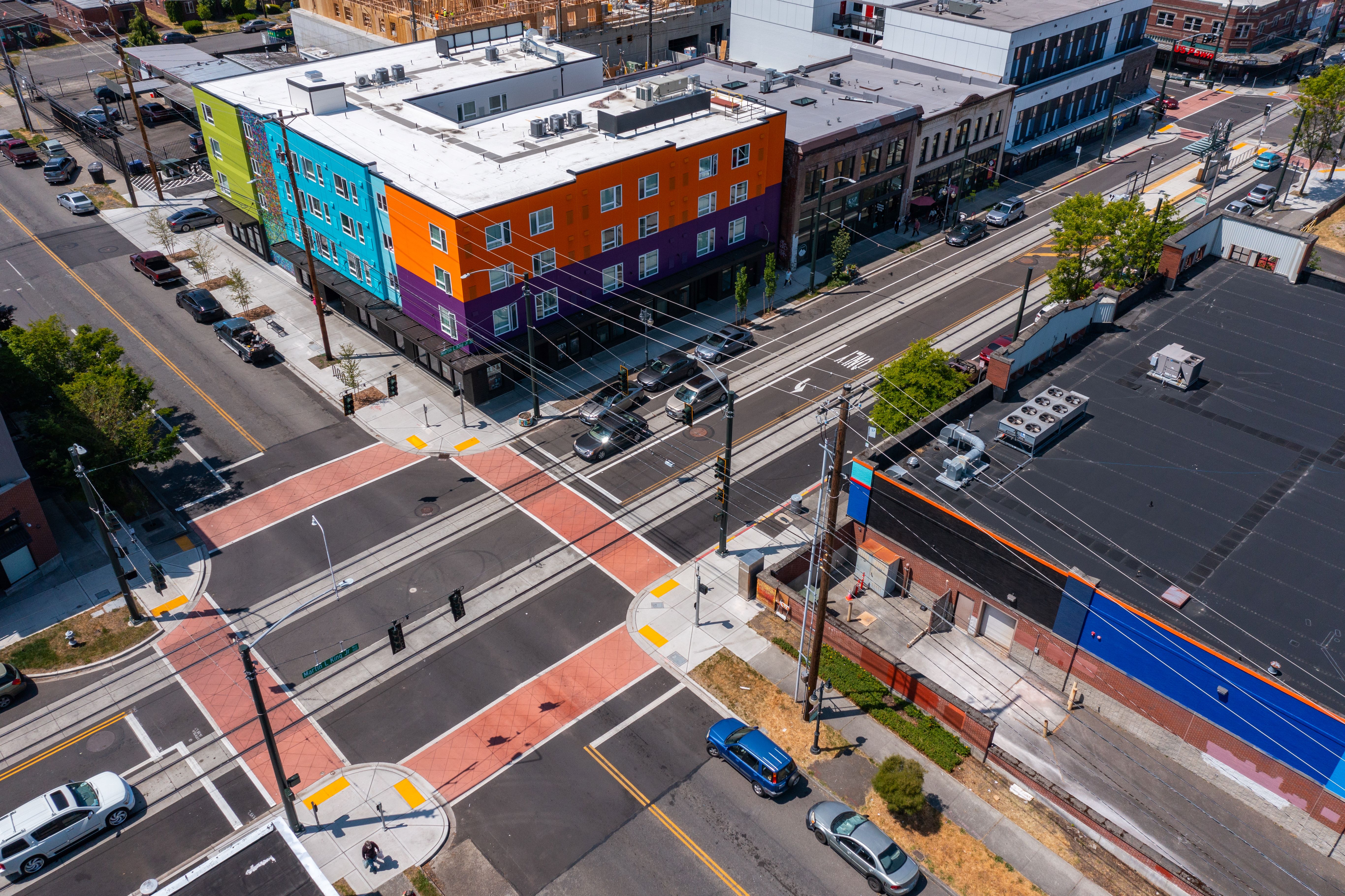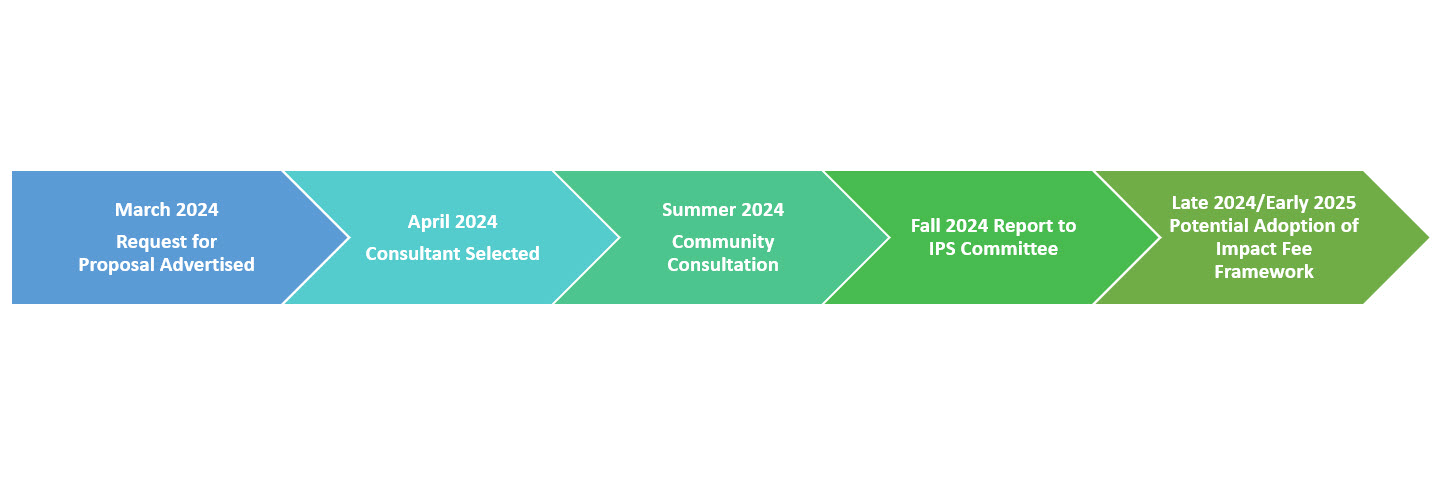
Impact Fees
What are Impact Fees?
Impact Fees are one-time charges assessed to new developments to pay a portion of the costs of new infrastructure capacity necessary to accommodate new growth. Multiple statutes provide cities the authority to impose impact fees to fund improvements. Most commonly, cities apply impact fees using the authority provided by the Growth Management Act.
Transportation impact fees are the most commonly used type of impact fee. State law also allows fees for fire protection, parks, and schools. Each type of fee must be adopted by the City Council, and each type of fee must only be used for projects that are needed to accommodate new growth—they cannot be used for maintenance activities. This effort will be coordinated with other impact fee proposals under consideration for fire, parks (with the Metropolitan Parks District) and Schools (with Tacoma Public Schools).
Background
The City's Comprehensive Plan and multiple subarea plans adopted by the City Council have identified the need to implement transportation impact fees. Additionally, the Planning Commission and the Transportation Commission have requested proposals from staff to illustrate how transportation impact fees could be structured for Tacoma. As a complement to transportation impact fees, staff has begun discussing how fire impact fees could help meet the need for additional fire protection infrastructure generated by new development.
The City of Tacoma does not currently have an impact fee program. In 2018 and 2021, City staff provided presentations to the Infrastructure, Planning, and Sustainability Council Committee and City Council Study Session about impact fees. Impact fees are one-time fees jurisdictions can use to help pay for the cost of capital improvements needed to accommodate new growth. City Council concurred with staff recommendations to evaluate and begin development of an impact fee program that is tailored to meet the needs of the City of Tacoma. Additionally, the program considerations should include phase-in periods, the types of fees collected, the total cost to development, and whether or not geography is a consideration. The program structure and phasing would also be developed in collaboration with a stakeholder committee.
Developing an Impact Fee Framework
Based on the City Council direction, the Public Works, Community and Economic Development, Planning and Development Services, and Fire Department have been working together to address the recommendations identified in 2018. The project kicked-off in November 2020 and included a variety of outreach efforts to better understand development and citizen concerns.
The plan identified processes and strategies for implementing impact fees. Next steps include analyzing current and future needs and capital projects, developing a rate structure to address and support growth and community priorities, and drafting program implementation. A copy of the final plan is located below.
Timeline and Next Steps

2024 Schedule
February 6, 2024 City Council Study Session Presentation
2021 Project Resources:
February 17, 2021 Planning Commission and Transportation Commission Presentation Kick-Off
May 19, 2021 Planning Commission Presentation (Traffic and Fire)
August 4, 2021 Planning Commission Presentation (Fee Stacking)
August 18, 2021 Transportation Commission Presentation
City of Tacoma Impact Fee Framework November 2021 (completed by Fehr & Peers and Berk Consulting)
Additional Resources:
City of Tacoma Traffic Impact Fee Memo August 2018 (completed by Fehr & Peers and Berk Consulting)
City of Tacoma Traffic Impact Fee Presentation at September 11, 2018 Study Session
UW Seattle Foster School Livable City Year report on impact fees in Tacoma
Municipal Research Services Center (MRSC) Impact Fee Website
American Planning Association (APA) Policy Guide on Impact Fees
Project Contact:
Jennifer Kammerzell